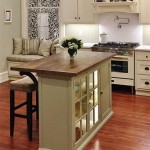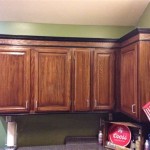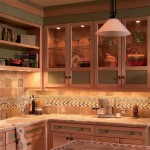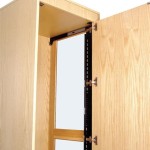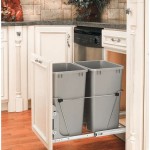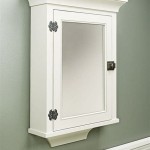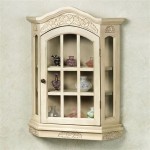Homemade Cabinet Locks Without Key
For those looking for a simple and inexpensive way to secure cabinets without relying on traditional keys, homemade cabinet locks offer a practical solution. While these methods may not be as robust as commercial locks, they can provide a sufficient level of security for personal belongings or sensitive items. This article will explore various techniques to create homemade cabinet locks using readily available materials.
Using a Magnetic Catch
One of the simplest and most common methods for creating a homemade lock involves using a magnetic catch. These catches consist of two components: a magnetic plate and a corresponding strike plate. The magnetic plate is typically attached to the inside of the cabinet door, while the strike plate is affixed to the cabinet frame. When the door is closed, the magnet attracts the strike plate, effectively locking the door.
To create this type of lock, you will need a strong magnetic catch, a screwdriver, and a drill. First, determine the location for the magnetic plate and strike plate on the cabinet door and frame, respectively. Mark the locations and pre-drill holes for the screws. Attach the magnetic plate to the inside of the cabinet door and the strike plate to the cabinet frame using screws. Once installed, the magnetic catch will hold the door closed, preventing it from opening unless the magnet is disengaged, providing a basic level of security.
Utilizing a Button Lock
Another option for a homemade cabinet lock is a button lock, which works by pressing a button to release the lock mechanism. These locks are typically found on furniture drawers, cabinets, and other household items.
To install a button lock, you will need a button lock, a screwdriver, and a drill. First, locate the desired position for the button lock on the cabinet door. Mark the location and pre-drill holes for the screws. Attach the button lock to the inside of the cabinet door using screws. Once installed, the button lock will require the button to be pressed to release the lock mechanism, preventing unauthorized access.
Employing a Toggle Latch
A toggle latch, also called a toggle clasp, is a simple and effective way to create a homemade cabinet lock. These latches feature a lever that toggles to engage or disengage the locking mechanism.
To install a toggle latch, you will need a toggle latch, a screwdriver, and a drill. Choose the location for the toggle latch on the cabinet door. Mark the location and pre-drill holes for the screws. Attach the toggle latch to the inside of the cabinet door using screws. Once installed, the toggle latch requires the lever to be lifted to disengage the lock mechanism, adding an additional layer of security to the cabinet.
Implementing a Padlock with a Hasp
For a more robust locking solution, you can use a padlock with a hasp. A hasp is a metal loop that attaches to the cabinet door and frame, providing a point for the padlock to secure the door closed.
To install this lock, you will need a padlock, a hasp, a screwdriver, and a drill. First, install the hasp on the cabinet door and frame using screws. Then, insert the padlock through the hasp to lock the cabinet door. This method offers a higher level of security compared to other homemade alternatives, as it requires a key to unlock the padlock.
Adapting Existing Locks
Existing locks can also be repurposed for use as homemade cabinet locks. For example, a simple door knob lock can be removed from a discarded door and attached to a cabinet door. This method requires some ingenuity in adapting the existing lock mechanism to the cabinet door, potentially involving cutting and drilling to create the necessary mounting points.
It is crucial to note that homemade cabinet locks may not provide the same level of security as commercially available locks. These methods are primarily intended for basic protection against casual access, and may not deter determined individuals. If you require more robust security, consider consulting a professional locksmith for professional installation and advice. However, for situations where a simple and cost-effective locking solution is needed, these homemade options can prove to be an effective and practical solution.

Panel Door Lock For Server Rack Cabinet Diy With Without Key Handle Metal Alloy Snap

How To Pick A Filing Cabinet Lock 11 Steps With Pictures Locks Craft Room Storage Laundry Organization Diy

Wooch Electronic Cabinet Lock Diy Rfid With Usb Cable For Wooden Drawer Locker Cupboard Com

Ausyst Electronics Gift Invisible Electronic Cabinet Lock Diy Rfid La Tch For Wooden Drawer Locker Cupboard Clearance Com

How To Get A Key Made For Lock Without Another Model It From Quora

Diy Cabinet Lock Safe Rfid For Wooden Drawer E6t7

Union Multi Drawer Cabinet Lock Lb7130r Bblsa

Codace Electronic Diy Cabinet Lock Smart Nfc Rfid Locks With Slide Latch For Double Door Drawer Wooden Cupboard Cupboards

File Cabinet Lock Repair And Desk Drawer Replacement Keys In Tucson

Antique Hutch Lock Simple Barrel Key Make
Related Posts

